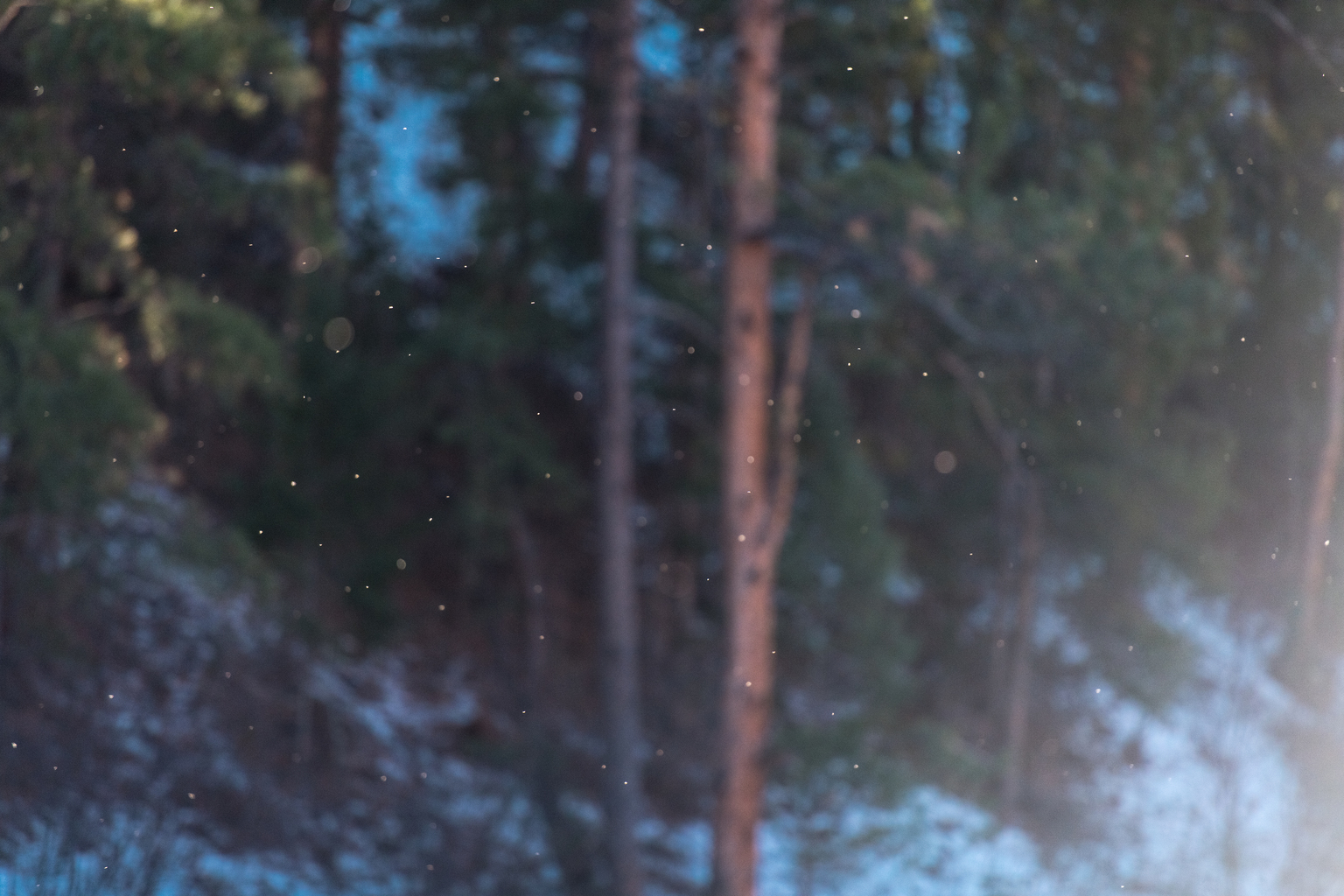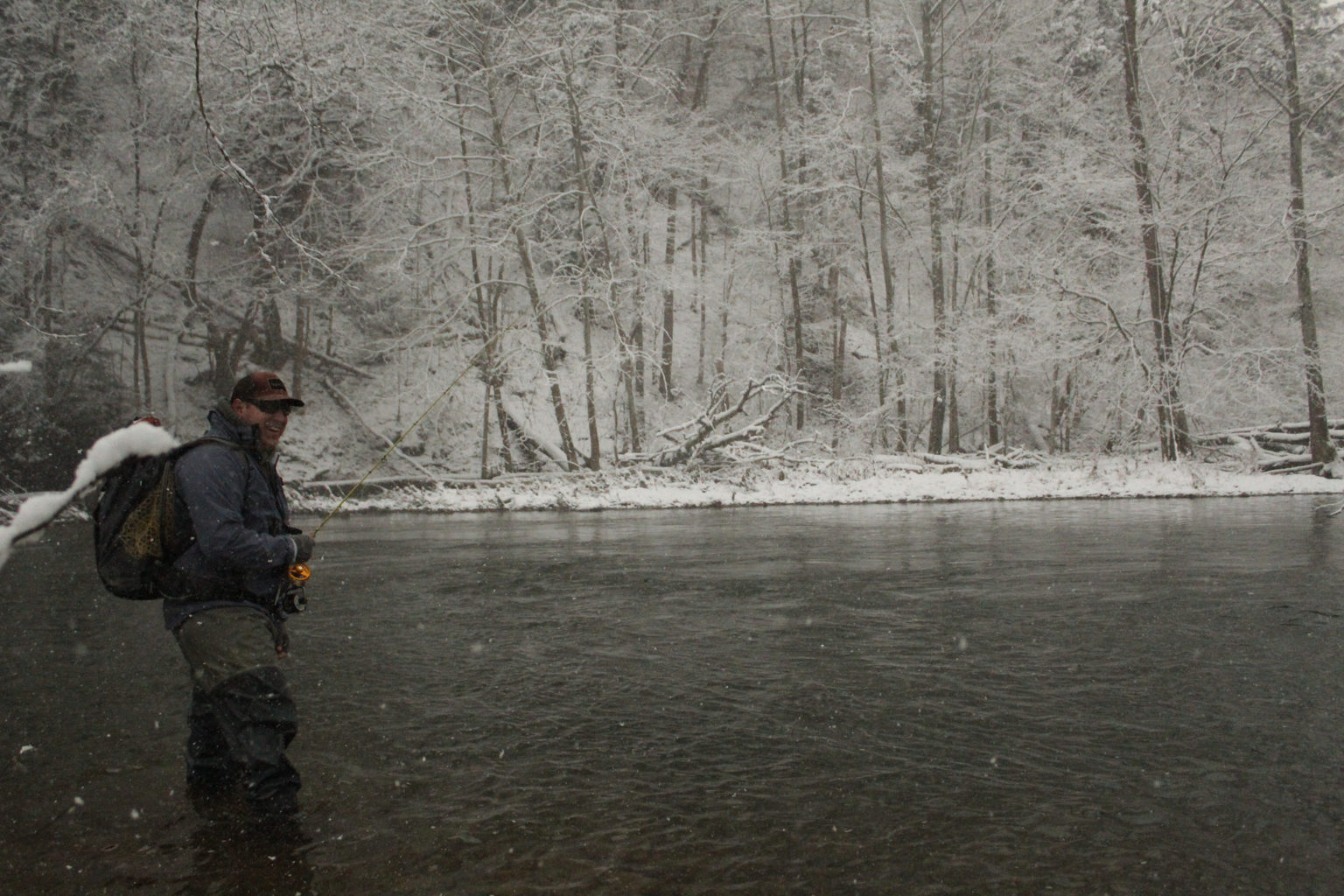How to Nymph in the Winter
“This might be a stupid question, but can you fly fish in the winter?” I’ve been asked this question more times than I can count and the answer is YES, you can go fly fishing in the winter!
While some would gawk in utter disbelief that anyone would actually enjoy standing in cold water, barely able to feel their fingers, for many anglers’ winter fly fishing, holds unique opportunities as well as challenges.
The fishing may be slow, but it can also be very rewarding. Understanding nymphing techniques, how to set up a nymph rig as well as which nymphs are going to be the most productive is extremely important. If you understand this, winter can offer solitude, unique beauty and a rewarding fishing season.

Nymphs Are More Productive
First things first, winter is not the time of year to adopt the “Dry Fly or Die” mantra. Now, there is no doubt that dry flies are arguably the most fun way to catch fish, there isn’t an angler out there who doesn’t get an adrenaline rush after watching a trout rise to the surface and aggressive slurp your fly. However, there is a time and a place for all types of fly fishing, from dries to streamers and nymphs. Winter is guaranteed to be most productive when using nymphing techniques.
Nymphing can be extremely effective and relatively easy. By positioning yourself directly across from the fish-if you aren’t able to sight fish, place yourself where the fish are most likely to be feeding, you are setting your flies up to move through the water directly in front of hungry trout. All it takes is roll cast upstream and a proper drift for trout to notice your flies.
Fish Multiple Flies
Trout are significantly less active in the winter which is why it’s a good idea to offer the trout as many delicious food options as possible, this can be achieved by rigging up three flies below a tiny indicator.
Think of this as a juicy buffet line, start your nymph rig with 5x or 6x sized tippet because water in the winter can be low and clear and you don’t want to spook away the chance at a fish. Next, add a very small strike indicator, and micro weight, sometimes two. Add the first fly which should be an attractor pattern such as a San Juan worm. Then below the first fly, add a midge and then a second midge below that. Be sure to keep the heaviest weight midge on the very end, to avoid bird nesting your line.
The other benefit to nymphing 3 flies on a single line of tippet is the ability to try multiple colors and patterns all at once. Then you can dial in the pattern that is producing fish more quickly.
When the mercury is falling and the fly lines are calling, make sure to hit the water with your buffet-style nymph rig!
Top 5 recommended Winter Flies-Nymphs:
Fly Fishing Made Easy 👍
Our Quarterly Fly Club ships 1,000’s of flies to anglers all across the United States. Receive curated fly assortments selected for the season with in-depth articles on how to fish them. Great for beginners to learn and for intermediates to discover new flies.














